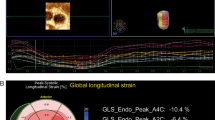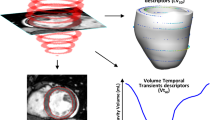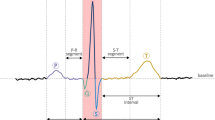Abstract.
Experienced cardiologists can usually recognize pathologic heart murmurs with high sensitivity and specificity, although nonspecialists with less clinical experience may have more difficulty. Harsh, pansystolic murmurs of intensity grade ≥3 at the left upper sternal border (LUSB) are likely to be associated with pathology. In this study, we designed a system for automatically detecting systolic murmurs due to a variety of conditions and examined the correlation between relative murmur intensity and likelihood of pathology. Cardiac auscultatory examinations of 194 children and young adults were recorded, digitized, and stored along with corresponding echocardiographic diagnoses, and automated spectral analysis using continuous wavelet transforms was performed. Patients without heart disease and either no murmur or an innocent murmur (n= 95) were compared to patients with a variety of cardiac diagnoses and a pathologic systolic murmur present at the LUSB (n= 99). The sensitivity and specificity of the automated system for detecting pathologic murmurs with intensity grade ≥2 were both 96%, and for grade ≥3 murmurs they were 100%. Automated cardiac auscultation and interpretation may be useful as a diagnostic aid to support clinical decision making.
Similar content being viewed by others
Author information
Authors and Affiliations
Rights and permissions
About this article
Cite this article
Thompson, W., Hayek, C., Tuchinda, C. et al. Automated Cardiac Auscultation for Detection of Pathologic Heart Murmurs. Pediatr Cardiol 22, 373–379 (2001). https://doi.org/10.1007/s002460010253
Published:
Issue Date:
DOI: https://doi.org/10.1007/s002460010253




